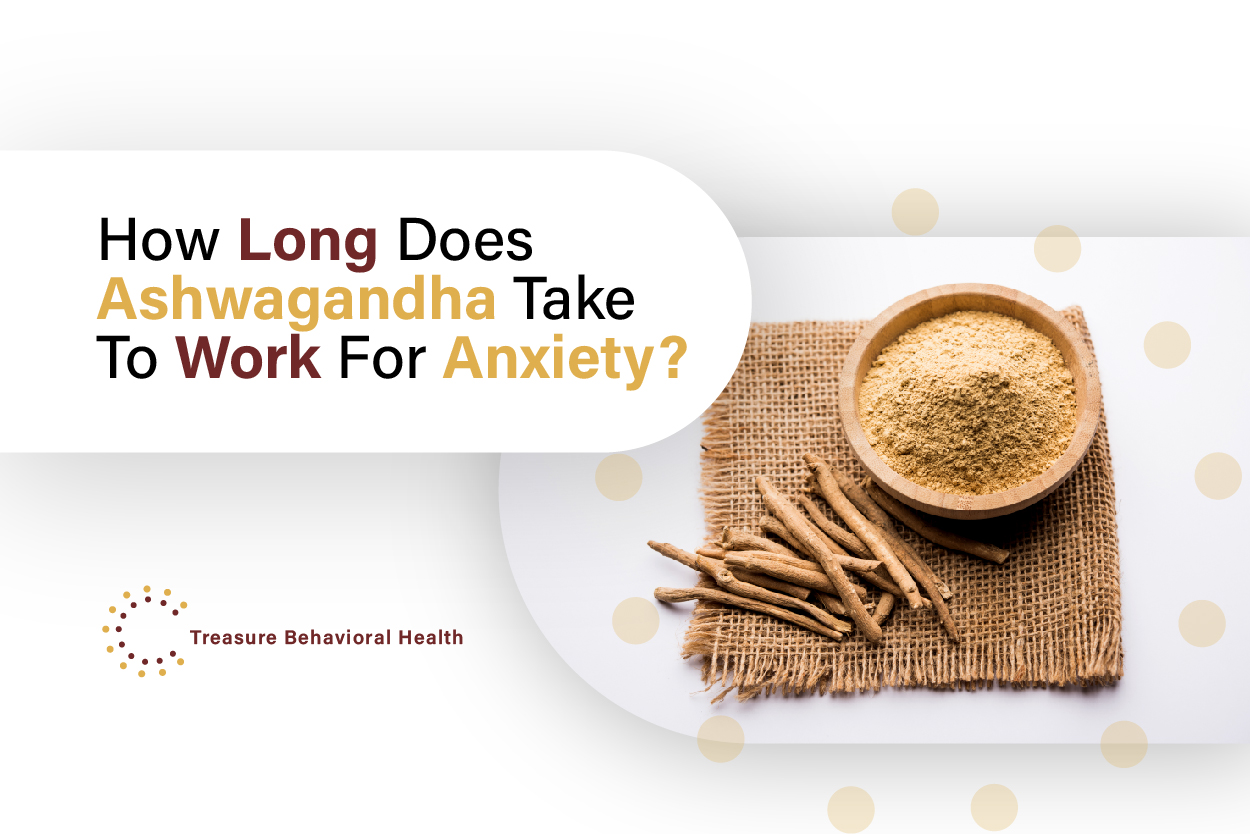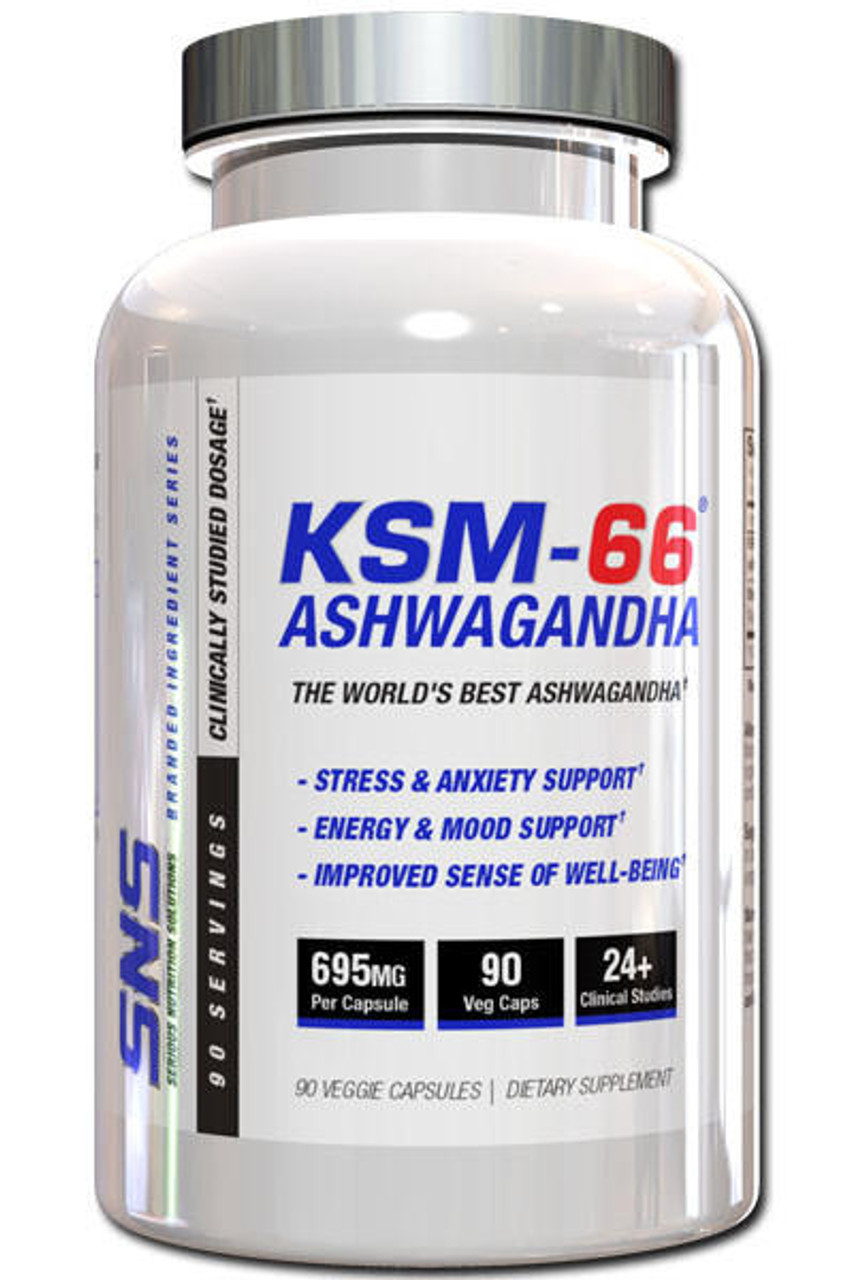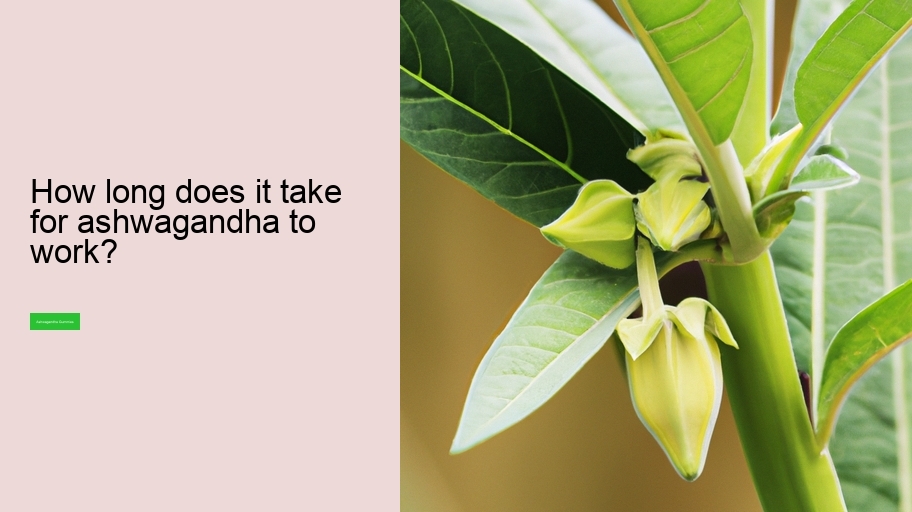How Long To Cycle Off Ashwagandha

The popularity of ashwagandha, an ancient medicinal herb, has surged in recent years, fueled by claims of stress reduction, improved sleep, and enhanced athletic performance. However, with its increasing usage comes a growing concern: How long should one cycle off ashwagandha to avoid potential side effects or diminished efficacy?
This article delves into the complex question of cycling off ashwagandha, examining the available research, expert opinions, and anecdotal evidence to provide a comprehensive understanding of best practices. We'll explore the reasons behind cycling, potential withdrawal symptoms, recommended timelines, and alternative strategies for maintaining the herb's benefits while minimizing risks.
Understanding the Need for Cycling
Cycling off a supplement, including ashwagandha, involves discontinuing its use for a specific period before resuming. This practice is often employed to prevent the body from becoming desensitized to the supplement's effects, potentially reducing its long-term benefits. It also allows the body to reset and potentially avoid any accumulated side effects.
Some experts believe that continuous use of ashwagandha may lead to a phenomenon known as receptor downregulation. This means that the receptors in the body that respond to ashwagandha become less sensitive over time, requiring higher doses to achieve the same effects.
Additionally, cycling can help identify any potential adverse effects that might be masked by continuous use. By temporarily stopping ashwagandha, individuals can better assess whether any health issues are related to the supplement.
Potential Withdrawal Symptoms and Side Effects
While ashwagandha is generally considered safe, some individuals may experience mild withdrawal symptoms when discontinuing its use. These symptoms can vary depending on the dosage, duration of use, and individual sensitivity.
Reported withdrawal symptoms include mild anxiety, sleep disturbances, and fatigue. These effects are typically short-lived, resolving within a few days to a week as the body adjusts.
It's important to note that not everyone experiences withdrawal symptoms. However, it's prudent to be aware of the possibility and to taper the dosage gradually when cycling off ashwagandha.
Recommended Cycling Timelines
The optimal cycling timeline for ashwagandha remains a topic of debate among experts. There is no definitive scientific consensus on the ideal duration for both the on and off periods.
However, a commonly suggested approach is to follow a cycle of 6-8 weeks of use, followed by 2-4 weeks off. This allows the body to rest and potentially resensitize to the herb's effects.
Another approach involves a longer cycle of 12 weeks on, followed by 4 weeks off. Individuals may need to experiment to find the cycling timeline that works best for their individual needs and responses.
Dr. Emily Carter, a naturopathic doctor specializing in herbal medicine, advises, "It's crucial to listen to your body and adjust the cycling timeline based on your individual experience. Pay attention to how you feel both during and after taking ashwagandha."
Tapering Strategies
To minimize potential withdrawal symptoms, a gradual tapering strategy is often recommended. This involves slowly reducing the dosage of ashwagandha over a period of several days to a week before completely discontinuing its use.
For example, if you are taking 600mg of ashwagandha daily, you could reduce the dosage by 100-200mg every few days until you reach zero. This allows the body to adjust gradually and reduces the likelihood of experiencing withdrawal symptoms.
Professor David Lee, a researcher in the field of botanical medicine, suggests, "Tapering is particularly important for individuals who have been taking high doses of ashwagandha for an extended period. A slow, gradual reduction is always the safest approach."
Alternative Strategies and Considerations
Instead of cycling off ashwagandha completely, some individuals choose to reduce the dosage to a maintenance level. This can help maintain some of the benefits of ashwagandha while minimizing the risk of side effects.
Another strategy is to use ashwagandha only when needed, such as during periods of high stress or anxiety. This allows the body to benefit from the herb's effects without continuous exposure.
It's also important to consider other lifestyle factors that can influence the need for cycling. Maintaining a healthy diet, getting regular exercise, and managing stress through other techniques can all reduce reliance on ashwagandha.
Consulting with a Healthcare Professional
Before starting or stopping ashwagandha, it's essential to consult with a qualified healthcare professional. This is particularly important for individuals with pre-existing medical conditions or those taking other medications.
A healthcare professional can help assess your individual needs, potential risks, and the appropriate dosage and cycling timeline for ashwagandha. They can also monitor for any potential side effects or interactions.
According to the National Institutes of Health (NIH), "It is important to talk to your healthcare provider before using any herbal supplement, especially if you have any health conditions or are taking any medications."
Future Research and Conclusion
Further research is needed to determine the optimal cycling timeline for ashwagandha and to better understand its long-term effects. Clinical trials comparing different cycling strategies would provide valuable insights into best practices.
While the ideal duration to cycle off ashwagandha is still debated, the general consensus is that cycling is a prudent approach to prevent desensitization and minimize potential side effects. By listening to your body, tapering the dosage gradually, and consulting with a healthcare professional, you can maximize the benefits of ashwagandha while mitigating the risks.
As ashwagandha continues to gain popularity, ongoing research and open discussions among healthcare professionals and users will be crucial in establishing evidence-based guidelines for its safe and effective use. The future of ashwagandha supplementation lies in understanding its nuances and individualizing its application for optimal health outcomes.





![How Long To Cycle Off Ashwagandha Should You Cycle Ashwagandha? [& How To Do It] - YouTube](https://i.ytimg.com/vi/JexdYPLzeMo/maxresdefault.jpg)









![How Long To Cycle Off Ashwagandha How long does ashwagandha take to work [according to science]](https://cdn-resources.natu.care/uploads/1/ashwagandha_naturell_8bdb235ea7.png)


